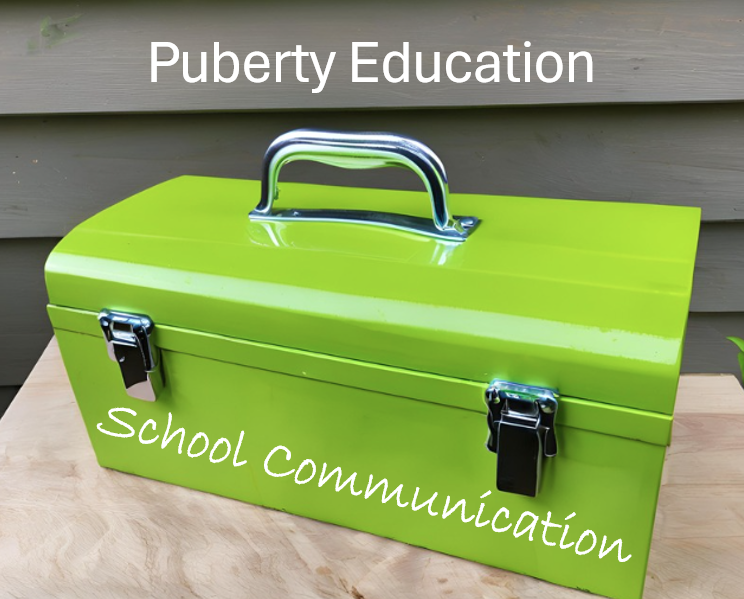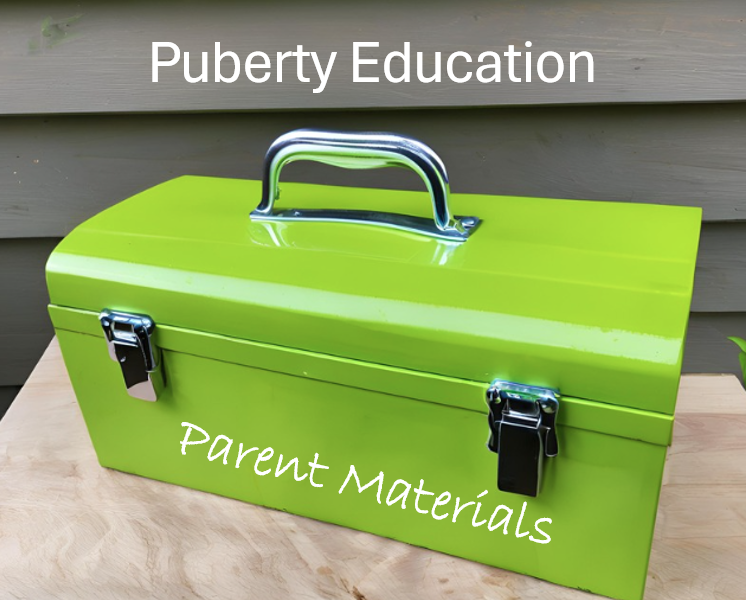Family Engagement 1 is the first in a five-part series. Links to the other segments are below.
What Parents and Teachers Want
Does it seem like school board meetings have been especially contentious lately? The news reports and social media posts have certainly been highlighting the “us versus them” nature of interactions between some parents and some school boards. I emphasize “some” because this is not as common as the media makes it seem.
These reports about shouting parents at school board meetings can have a real cooling effect on home-school partnerships if people fear each other. Parents who witness these cantankerous meetings might lose trust and think they need to look more closely to find fault with their school partners. Teachers who see school board members being verbally assaulted and threatened might think they could be next in line for that kind of abuse. This kind of behavior isn’t healthy or productive and has the biggest negative impact on students, especially since they have the least power to make it stop.
Unfortunately, sex education is often at the center of these ruptures in the public education system that has ensured all students the right to a free and equal education for centuries. As a sex educator, I’ve been thinking a lot about ways to repair these types of rifts. I suspect one strategy is to improve family engagement and forge a strong home-school partnership. So, these thoughts are giving birth to a five-part series on family engagement in sex education.
Family Engagement as a Solution
One way to forge a partnership is to focus on common ground. Looking at what parents want and what teachers want is one way to eliminate that “us versus them” perspective and replace it with shared goals.
This chart outlines what I have heard parents and teachers say they want related to their school-based sex education programs. These points are drawn from my 35+ years of working with schools, educators, students, and families.
| Parents want: | Teachers want: |
|---|---|
| Health and safety for their children: ▪ Avoid predators ▪ Delay sexual activity | Health and safety for their students: ▪ How to avoid and report unwelcome touch ▪ How to delay sexual activity |
| Transparency & communication: ▪ Identify hidden agendas ▪ Information about topics and teachings | Transparency & communication: ▪ Shared agendas ▪ Planned topics and teachings |
| Choices: ▪ What is best for their children ▪ All, part, or none of the sex ed lessons ▪ Age of readiness ▪ To include their family values | Choices: ▪ What is best for their students ▪ How to manage opt outs from part or all ▪ Developmentally appropriate curriculum and strategies ▪ To promote universal societal values |
| Respect: ▪ For their role and rightsFor their values ▪ For their level of ability ▪ For their privacy | Respect: ▪ For their role and rights ▪ For their profession ▪ For their level of abilityFor their privacy |
As you read this chart, are you struck by the similarities in what parents and teachers want? The key to their goals is their children/students. If we keep students central in discussions and program planning, we can be united. If we engage families effectively, we can build a home-school partnership that reduces friction and improves student outcomes.
Be sure to read the next four segments of this series:
- Family Engagement 1: What Parents and Teachers Want
- Family Engagement 2: Common Clash Points
- Family Engagement 3: Benefits of Family Engagement
- Family Engagement 4: Barriers and Facilitators of Family Engagement
- Family Engagement 5: Strategies for Family Engagement
Additional Resources
- 6 in 10 teachers experience physical violence or verbal aggression during COVID, NPR
- Home-School Partnership Is Key, Puberty: The Wonder Years
- Parents as Partners in Puberty Education, Puberty: The Wonder Years
- Teachers, other school personnel, experience violence, threats, harassment during pandemic, American Psychological Association
- Violence Against Educators and School Personnel: Crisis During COVID, American Psychological Association



